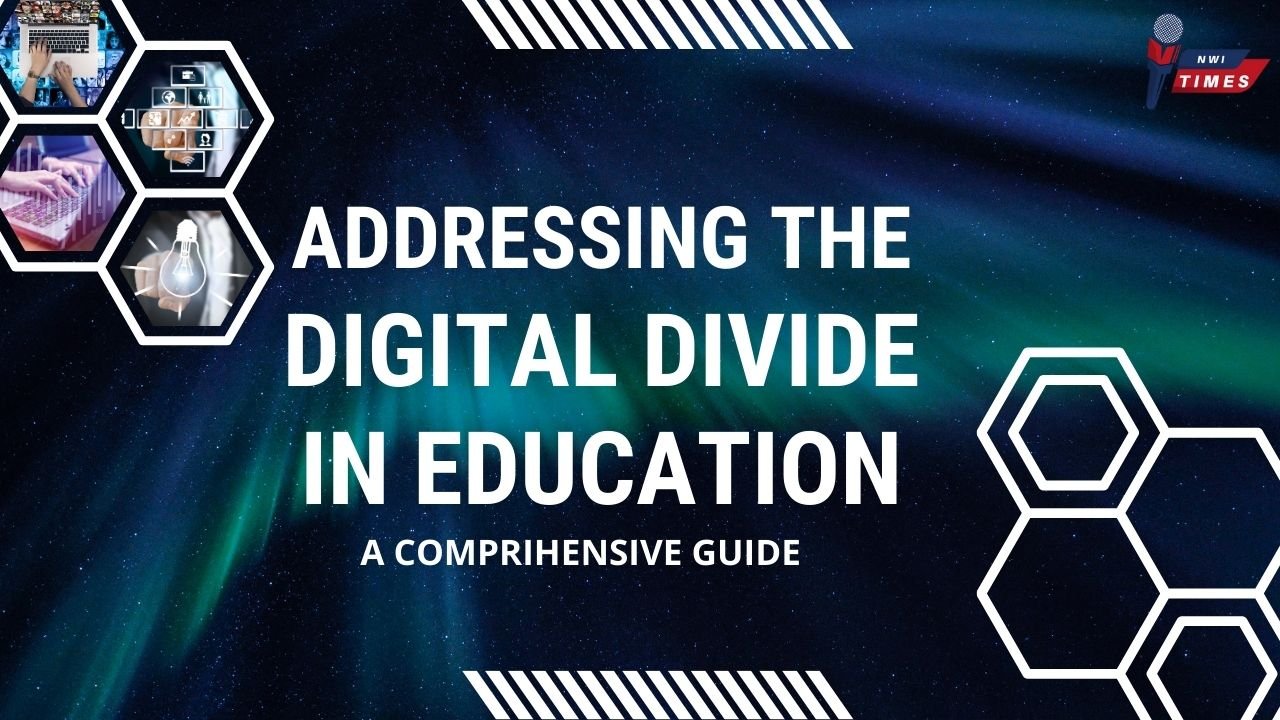The digital divide in education refers to the gap between students who have access to technology and the internet, and those who do not. In today’s world, education often relies on digital resources like computers, tablets, and the internet. Students who lack these tools can fall behind in their studies. This divide can exist in schools, where some classrooms have advanced technology while others do not. It also affects homes, where some families cannot afford devices or internet access. The result is unequal learning opportunities, making it hard for all students to succeed.
Why is Addressing the Digital Divide in Education Important?
Addressing the digital divide in education is important because it affects students’ ability to learn. If some students do not have access to the same resources, they cannot complete assignments, research topics, or develop skills in areas like coding or digital literacy. Students who are left behind may struggle more in school and even in future job opportunities. By addressing this issue, schools can give every child a fair chance to succeed, regardless of their economic situation. It is crucial for schools to work on this issue so that all students can access the same opportunities.
What are the Causes of the Digital Divide in Education?
The digital divide in education is caused by several factors. One of the main reasons is the cost of technology. Not all families can afford to buy computers, tablets, or reliable internet service. In some rural areas, internet access may be limited or not available at all. Schools in low-income communities may also have fewer resources to provide digital tools for students. Another cause is the lack of digital literacy among parents or teachers, which can make it harder for students to use technology effectively. Addressing these causes is key to closing the gap.
How Does the Digital Divide Affect Students?
The digital divide affects students in many ways. Those who do not have access to technology or the internet may have trouble completing homework or researching topics for school. They may also miss out on developing important skills like typing, coding, and using online tools. Without these skills, students can struggle with schoolwork and fall behind their peers. Over time, this can affect their confidence and academic performance. Addressing the digital divide in education helps ensure that all students have the tools they need to learn and succeed.
How Can Schools Help Close the Digital Divide?
Schools can take several steps to close the digital divide in education. One solution is providing devices, like laptops or tablets, for students to use at school and at home. Schools can also set up Wi-Fi hotspots in communities where internet access is limited. Offering digital literacy programs for both students and parents can help everyone feel more comfortable with technology. Additionally, schools can partner with companies to provide affordable internet plans for families. By taking these steps, schools can make sure that all students have equal access to the resources they need.
What Role Does the Government Play in Addressing the Digital Divide in Education?
The government plays a key role in addressing the digital divide in education. Many governments have programs that provide funding to schools in need of digital resources. These programs can help pay for devices, internet access, and training for teachers. Governments can also work with internet providers to make affordable plans available for low-income families. In some cases, governments may even provide direct support, like free Wi-Fi in public areas. By working together with schools and communities, the government can help make sure all students have the tools they need to succeed.
How Does the Digital Divide Impact Teachers?
The digital divide in education does not only affect students. Teachers are also impacted, especially when they do not have the resources to teach effectively. Teachers in schools with limited technology may struggle to find ways to engage students in digital learning. They may have trouble preparing lessons that include online activities or using software to enhance their teaching. Teachers in areas without reliable internet may also find it hard to communicate with students outside of the classroom. By addressing the digital divide, teachers can receive the support they need to deliver quality education.
How Can Communities Help Address the Digital Divide in Education?
Communities can play a big part in addressing the digital divide in education. Local organizations can donate devices to schools or families who need them. Libraries and community centers can offer free internet access and provide spaces where students can do their homework online. Businesses can partner with schools to offer affordable technology or internet plans for families. Communities can also organize digital literacy workshops to help both parents and students learn how to use technology. With the support of communities, more students can access the digital tools they need to succeed.
What are the Long-Term Effects of the Digital Divide?
The long-term effects of the digital divide in education can be serious. Students who are left behind in terms of digital access may struggle to catch up later. They might not develop the technical skills needed for higher education or the workplace. Over time, this can widen the gap between students from different economic backgrounds. It can also affect the overall economy, as a less tech-savvy workforce may struggle to compete in a world that increasingly relies on technology. Addressing the digital divide early can help prevent these long-term problems.
Table: Benefits of Addressing the Digital Divide in Education
| Benefit | Explanation |
| Equal Access to Education | All students get the same opportunities to learn and succeed. |
| Improved Digital Literacy | Students develop important tech skills for the future. |
| Better Academic Performance | Students are more likely to complete assignments and do well in school. |
| More Engaged Learning | Technology can make learning more interactive and interesting for students. |
| Support for Teachers | Teachers have the tools they need to teach effectively. |
| Stronger Communities | Communities can come together to provide resources and support for students. |
What is the Future of Addressing the Digital Divide in Education?
The future of addressing the digital divide in education looks promising as more attention is being given to this issue. Schools, governments, and communities are working together to provide technology and internet access to all students. As technology continues to advance, there will be even more opportunities for students to learn in new and exciting ways. The goal is to make sure that no student is left behind, regardless of their access to digital tools. By continuing to address the digital divide, we can create a future where all students have the chance to succeed.
Final Thoughts on Addressing the Digital Divide in Education
Addressing the digital divide in education is crucial for ensuring that all students have equal access to learning opportunities. Whether it’s through providing devices, offering affordable internet plans, or teaching digital literacy, there are many ways to close the gap. By working together, schools, governments, and communities can help every student succeed, no matter their background. The benefits of addressing this issue are clear: better academic performance, improved digital skills, and stronger communities. The future of education depends on making sure that all students have the tools they need to learn and thrive.



